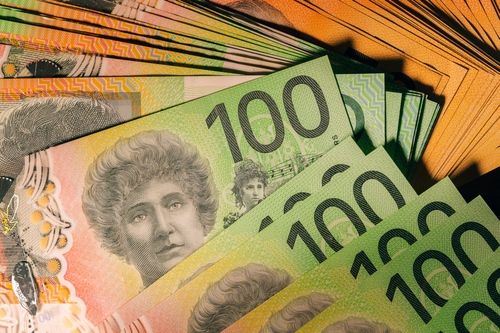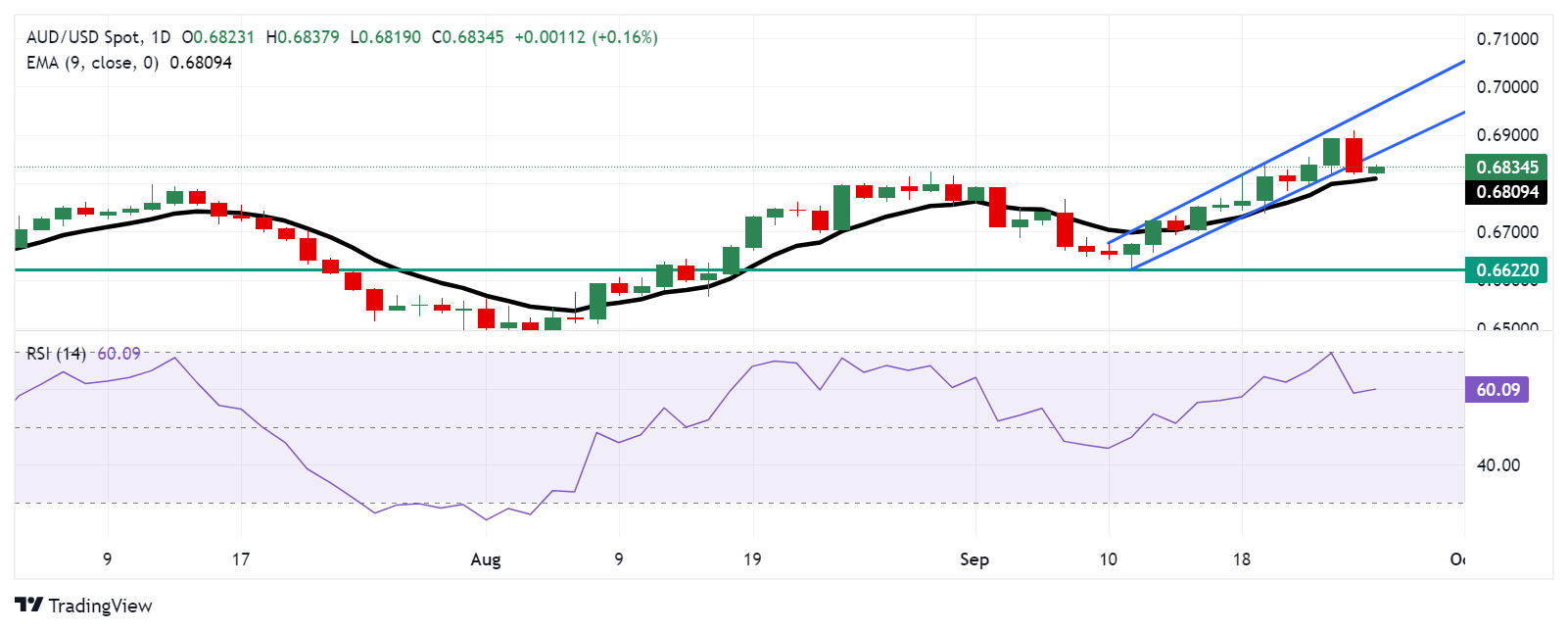Australian Dollar receives support from divergent policy outlooks between central banks

The Australian Dollar gains ground as the RBA and Fed adopt different policy outlooks.
The Reserve Bank of Australia is highly expected to keep interest rates unchanged in the near future.
The US Federal Reserve may deliver more rate cuts by the end of this year.
The Australian Dollar (AUD) retraces its recent losses against the US Dollar (USD) on Thursday. The AUD/USD pair receives support from the divergent monetary policy outlooks between the two central banks. Additionally, the commodity-linked Aussie Dollar found support as China, its largest trading partner, announced a new round of stimulus measures to boost its economy.
The Reserve Bank of Australia (RBA) held the Official Cash Rate (OCR) steady at 4.35% on Tuesday, offering support to the Australian Dollar and bolstering the AUD/USD pair. Additionally, RBA Governor Michele Bullock confirmed that rates will remain on hold for now.
The Federal Open Market Committee (FOMC) lowered the federal funds rate to a range of 4.75% to 5.0% by delivering a bumper 50 basis point rate cut, marking the Fed’s first rate cut in over four years. According to the CME FedWatch Tool, markets are pricing in around 50% chance of 75 basis points to be deducted by the Fed to a range of 4.0-4.25% by the end of this year.
Daily Digest Market Movers: Australian Dollar appreciates due to a hawkish RBA
Australian Treasurer Jim Chalmers is set to visit China this week to bolster economic ties between the two nations. "Given our vulnerability to fluctuations in the Chinese economy, it is essential to engage with key Chinese officials in Beijing over the next two days," Chalmers stated.
In a recent note, JP Morgan advised investors to monitor commodities and bond yields in light of the positive market outlook following China's stimulus proposals on Tuesday. The bank emphasized that global growth has received a new boost from China, a factor that has been lacking in recent years. This development notably reduces the risk of a recession and is seen as favorable for the markets. However, JP Morgan also cautioned about the potential risk of reinflation.
Australia’s Monthly Consumer Price Index rose 2.7% year-over-year in August, down from the previous 3.5% rise and expected 2.8% increase.
On Tuesday, People's Bank of China (PBOC) Governor Pan Gongsheng announced that China will reduce the Reserve Requirement Ratio (RRR) by 50 basis points (bps). Gongsheng also noted that the central bank would lower the seven-day repo rate from 1.7% to 1.5%, and reduce the down payment for second homes from 25% to 15%. Additionally, the PBOC cut the one-year Medium-term Lending Facility (MLF) rate from 2.30% to 2.0% on Thursday, following the last reduction in July 2024, when the rate was lowered from 2.50%.
Federal Reserve Governor Michelle Bowman stated on Tuesday that key inflation indicators are still "uncomfortably above" the 2% target, urging caution as the Fed moves forward with interest rate cuts. Despite this, she expressed a preference for a more conventional approach, advocating for a quarter percentage point reduction.
US Consumer Confidence Index fell to 98.7 in September from a revised 105.6 in August. This figure registered the biggest decline since August 2021.
The ANZ-Roy Morgan Australia Consumer Confidence Index rose by 0.8 points to 84.9 this week. Despite this increase, Consumer Confidence has now remained below the 85.0 mark for 86 consecutive weeks. On an annual basis, the index is up by 8.5 points from 76.4.
The S&P Global US Composite Purchasing Managers Index (PMI) grew at a slower rate in September, registering 54.4 compared to 54.6 in August. The Manufacturing PMI unexpectedly dropped to 47.0, indicating contraction, while the Services PMI expanded more than anticipated, reaching 55.4.
Technical Analysis: Australian Dollar remains below lower boundary of the channel near 0.6850
The AUD/USD pair trades near 0.6830 on Thursday. Technical analysis of the daily chart indicates that the pair has breached below the ascending channel pattern, suggesting a potential for weakening bullish bias. However, the 14-day Relative Strength Index (RSI) remains above 50 level, suggesting that bullish sentiment is still intact.
In terms of resistance, the AUD/USD pair could test the lower boundary of the ascending channel at 0.6860 level. A return to the ascending channel would reinforce the bullish bias and lead the pair to approach the upper boundary of the ascending channel, around the 0.6960 level.
On the downside, the AUD/USD pair could find support at the nine-day Exponential Moving Average (EMA) at 0.6809 level. The next significant support is at the psychological level of 0.6700. A break below this level could push the pair further down toward its six-week low of 0.6622.
AUD/USD: Daily Chart
* The content presented above, whether from a third party or not, is considered as general advice only. This article should not be construed as containing investment advice, investment recommendations, an offer of or solicitation for any transactions in financial instruments.




